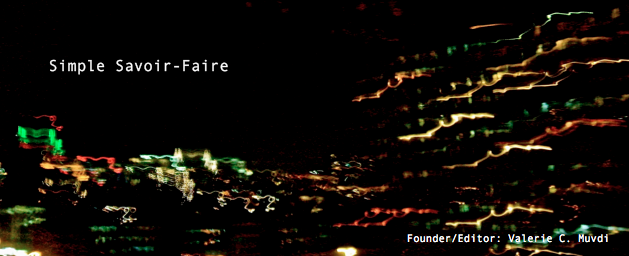the distance of a day - david horvitz
In early february i asked my mom to go and watch the sunset and make a video. She did this from the palos verdes peninsula, where i used to watch the sunset when i lived in california. She made the video with her iphone taped to a metal barrier that protects people from falling over the cliffs.In synchronicity with her, i too was looking at the sun and making a video. From my perspective the sun was rising. I had calculated where the the sun would be seen as rising at the exact same moment it was seen as setting in los angeles. In early february this was the maldives, a location which may not exist in the near future due to the rising of the seas.
As my mom watched the sun set into the pacific ocean, i was watching it rise over the laccadive sea. Synoptic is a useful term here. It comes from the greek syn, meaning "together", and optic, meaning "seen". Though separated by thousands of miles, we were watching the sun together.
The title, the distance of a day, is a reference to the idea of the journey. Originally, journey meant the distance one traveled in a day. here, the spatial distance that separated my mother and myself was not defined by the distance one could travel in a day, but by the day itself. By the delimitations of a day - where the sun rises and where the sun sets.
Phones were chosen to make (and display) the video because they are devices that orient us spatially and temporally. they are like contemporary pocket-watches and compasses that we carry with us. They coordinate and synchronize us. They broadcast moments instantaneously across distances. or, what seems to be instantaneously. There is always some delay.
The same two phones that were used to shoot the videos, that were once on opposite sides of the world, are now used to display the videos. They are now only inches away.
Right now somewhere the sun is simultaneously setting and rising. Someone or something is probably bearing witness to this.
But the horizon is not reachable. It always exists away from you at the furthest possible point. It is an impossible place of arrival.
Over the past few weeks in Berlin I went on daily walks each morning. In each walk, always starting from the same location but heading in a different direction, I attempted to walk across the horizon line. This was 4.7 km away, though the actual length of each walk varied since there are no straight lines in the city. I wanted to walk the exact length of visibility from where I started. And, to just slightly cross this point. As if to disappear out of view.
But it is the horizon that seems to have disappeared. In the city the buildings obscure the possibility of looking into distance. Just as light pollution obscures the visibility of the night sky, losing a nightly relationship with the infinite.
But it is not just the view of the horizon that is lost. Much of the world we see is through screens only inches away from our eyes. Images stream instantaneously from all over the world. How do you stare into vastness with our attention continuously being invaded? How do you ground yourself? The horizon no longer defines the distance of the visible. It is the remnant of a lost distance.
Did you know that there are three kinds of dusk? Civil dusk, nautical dusk, and astronomical dusk. The second, nautical dusk, marks the moment when the horizon disappears into the darkness of the coming night. It is called nautical because it is the moment when sailors can no longer navigate at sea using the horizon. Have you ever seen this? The disappearance of the horizon? If you stare out at sea after the sun sets, slowly the sea and the sky become indiscernible from each other. It's hard to notice the exact moment it disappears. But at some point you realize it's not there anymore.






No comments:
Post a Comment